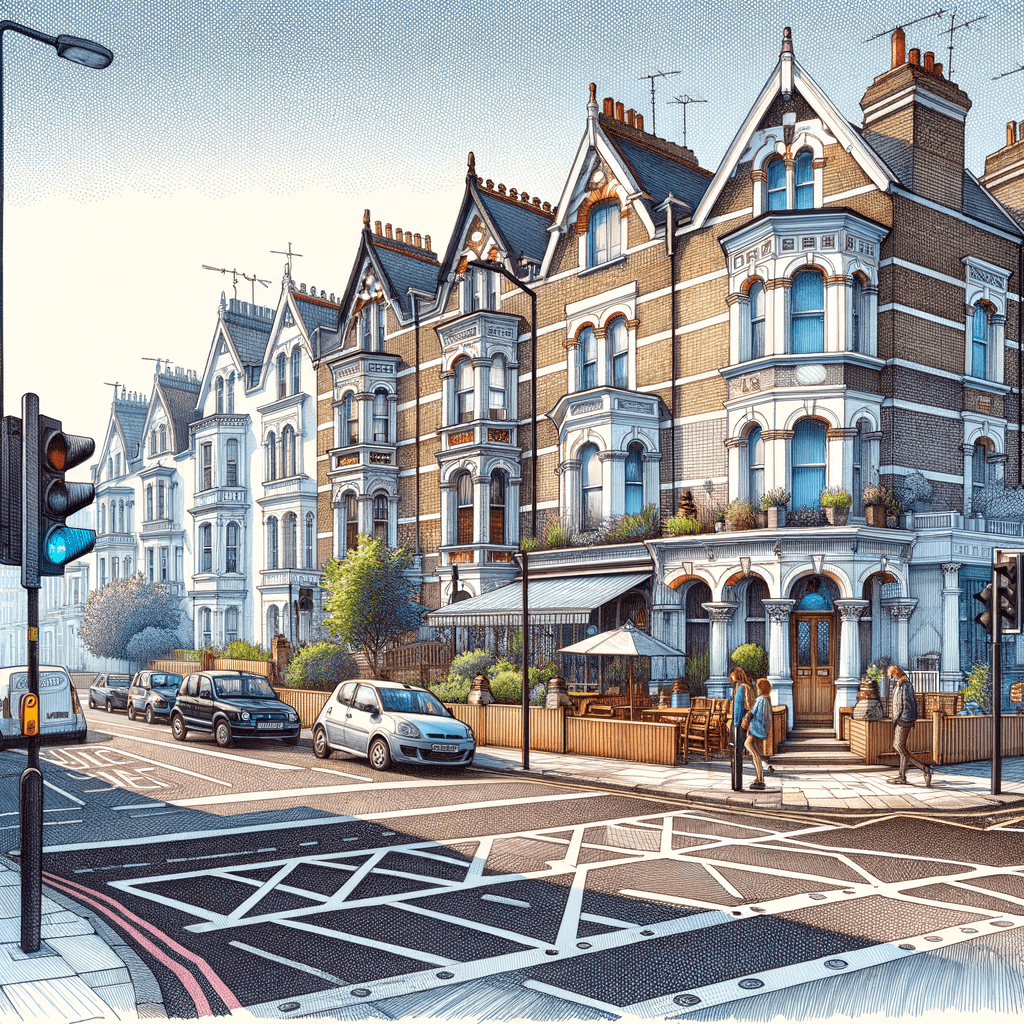Understanding the Caspon House: A Comprehensive Guide for Home Buyers and Investors
The Caspon house, a notable example of system-built properties in the UK, represents a significant chapter in the history of British housing. As an expert surveyor, I aim to provide a detailed exploration of this property type, offering insights into its construction, typical characteristics, and potential risks. This guide will be invaluable for home buyers and investors considering a Caspon house, ensuring they are well-informed about what to expect and how to assess these properties effectively.
Historical Context and Manufacturing Details
The Caspon house, also known by alternative names such as Minster, Spooner, Spooner-Caspon, and Urba, was manufactured by J L Spooner (Hull) Ltd. Designed by D C H Jenkin, these houses were constructed between 1964 and 1980, with approximately 5,500 units built during this period. These properties are predominantly found in urban areas across the UK, reflecting the post-war demand for affordable and quickly constructed housing solutions.
Typical Characteristics of Caspon Houses
Caspon houses are typically two-storey semi-detached or terraced homes. They feature a medium pitch gable or monopitch roof covered with concrete tiles. The external walls are often constructed entirely of brick or brick to the first floor level, with tile hanging and feature panels of horizontal timber boarding above. A distinctive flat canopy over the front door is a common feature of these homes.
Construction Details
Understanding the construction of Caspon houses is crucial for identifying potential issues and assessing the property’s condition. Here is a detailed breakdown of the typical construction elements:
-
Substructure: These houses are built on concrete strip footings with brick under-building and a damp-proof course (DPC) to prevent moisture ingress.
-
External Walls: The walls are constructed using a platform frame method. Storey-height timber frame panels are overlaid externally with bituminous felt and separately clad with brick to the first floor level. Above this, tile hanging on timber battens is used. The walls are lined with foil-backed plasterboard, and mineral fibre insulation is placed between the frame studs.
-
Separating Wall: The separating wall consists of a timber frame cavity wall backed with fibreboard and lined with plasterboard. The cavity is filled with concrete to enhance sound insulation and structural integrity.
-
Partitions: Internal partitions are made of timber stud lined with plasterboard, providing a lightweight and flexible solution for interior walls.
-
Ground Floor: The ground floor is typically concrete, providing a solid and durable base.
-
First Floor: The first floor is constructed using chipboard on timber joists, which can be prone to decay if not properly maintained.
-
Ceilings: Ceilings are made of plasterboard, a common material in many homes for its ease of installation and finish.
-
Roof: The roof structure consists of timber trusses, bituminous felt, and concrete tiles, with mineral fibre insulation at ceiling level to improve thermal efficiency.
Typical Hazards and Risks
While Caspon houses offer a unique architectural style and historical significance, they also come with certain risks and potential defects that buyers should be aware of:
-
Timber Decay: Localised decay of timber windows and first-floor joists is a common issue, often due to moisture ingress or poor maintenance.
-
Chipboard Flooring: The decay of chipboard flooring is another frequent problem, particularly in areas exposed to moisture.
-
Corrosion of Foil-Backing: The foil-backing to plasterboard linings can corrode over time, potentially leading to structural issues or reduced insulation effectiveness.
-
Defective Premises Act: It’s important to note that Caspon houses are not classed as defective under the Defective Premises Act. However, potential buyers should still conduct thorough inspections to identify any specific issues with the property.
Inspection Tips for Caspon Houses
When inspecting a Caspon house, it’s essential to focus on specific areas that are prone to defects. Here are some key points to consider:
-
Check for Timber Decay: Inspect timber windows and first-floor joists for signs of decay, such as soft spots, discoloration, or a musty smell.
-
Examine Chipboard Flooring: Look for any signs of swelling, warping, or softness in the chipboard flooring, which could indicate moisture damage.
-
Inspect Plasterboard Linings: Check for any signs of corrosion or damage to the foil-backing of plasterboard linings, which could affect the property’s insulation and structural integrity.
-
Assess Roof Condition: Examine the roof for any missing or damaged tiles, as well as the condition of the bituminous felt and timber trusses.
-
Evaluate External Walls: Look for any cracks, bulging, or other signs of structural issues in the brickwork and tile hanging.
Variants and Modifications
Some Caspon houses may feature variations in their construction, such as external walls clad entirely with brick or upper storey external wall feature panels directly clad with horizontal timber boarding. Additionally, some properties may have a concrete ground floor incorporating electric heating elements, offering a different heating solution.
Conclusion
The Caspon house remains a distinctive and historically significant property type in the UK housing market. By understanding its construction, typical characteristics, and potential risks, home buyers and investors can make informed decisions when considering a Caspon house. Thorough inspections and awareness of common defects are crucial to ensuring the property’s longevity and value.
At Flettons, we’re committed to safeguarding your investment. When considering a property purchase, trust our seasoned expertise to reveal any hidden threats. For a thorough building survey, get your instant quote through our quote calculator or reach out directly at 0203 691 0451. Your home’s safety is our top priority.

